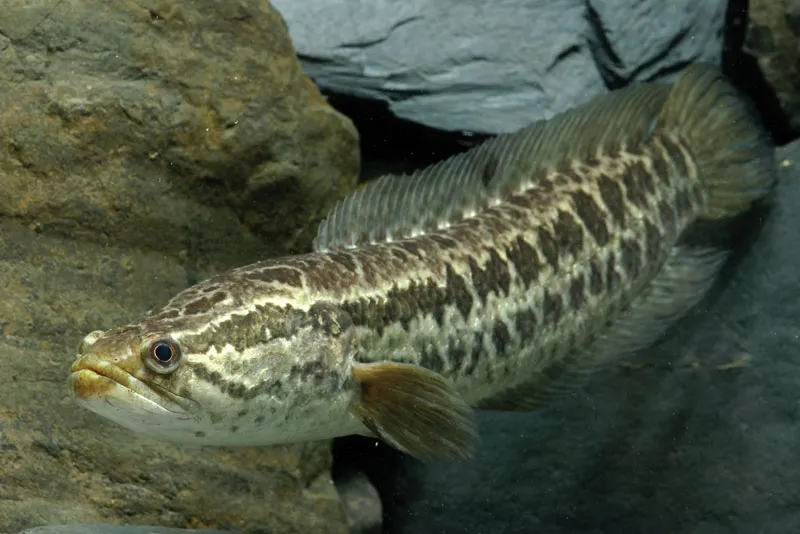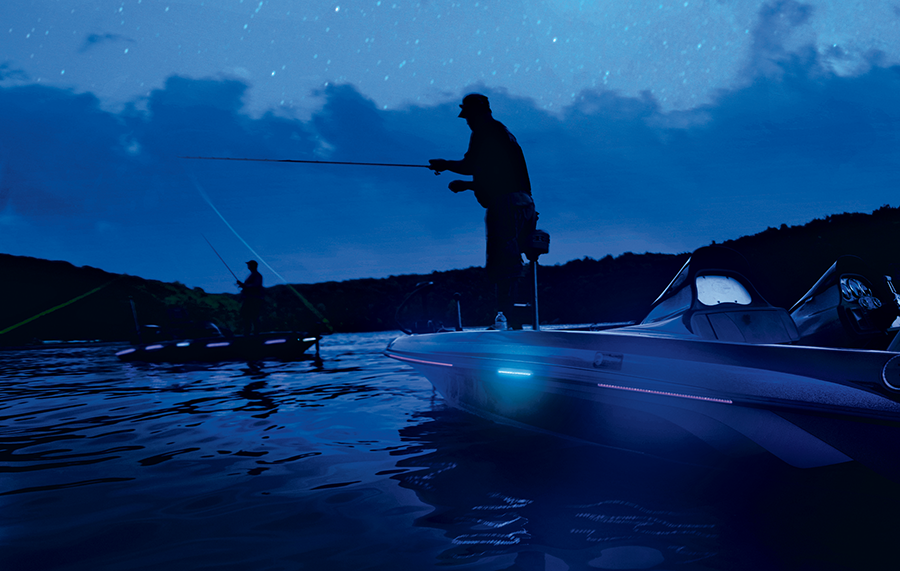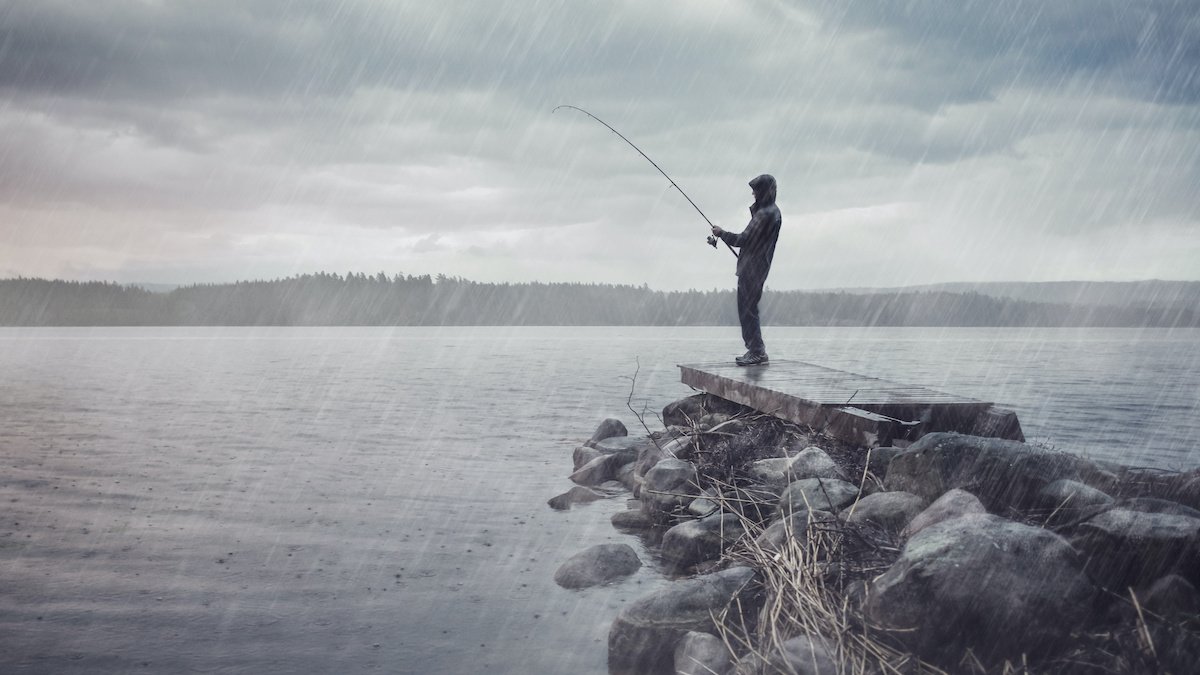Snakehead fishing presents an exciting challenge for anglers, requiring a deep understanding of the fish’s behavior, preferred habitats, and the environmental conditions that influence their activity. This guide delves into the ideal conditions for snakehead fishing, helping you maximize your chances of a successful catch.
Table of Contents
ToggleUnderstanding Snakehead Behavior and Habitat
Habitat Preferences: Snakeheads are freshwater fish that thrive in diverse environments such as ponds, creeks, swamps, and slow-moving streams. They prefer shallow waters rich in vegetation, where they can hide and ambush prey. These fish are often found around structures like submerged logs, lily pads, and dense aquatic plants, which provide cover and support their predatory habits .
Behavioral Patterns: As ambush predators, snakeheads are highly opportunistic, often hunting in low-light conditions when their prey is less vigilant. Their ability to breathe air using a specialized organ allows them to survive in low-oxygen environments, which expands their range and adaptability. This unique capability also enables them to thrive in areas where other fish might struggle.

Seasonal Considerations
Spring and Summer
Spring and summer are peak seasons for snakehead fishing. During these warmer months, snakeheads become more active and aggressive, especially during their spawning season. Water temperatures ranging from 68°F to 86°F are ideal, as snakeheads tend to feed more aggressively in these conditions. This period is perfect for targeting snakeheads, as their increased activity makes them more likely to strike at lures and bait.
Fall and Winter
In the cooler fall and winter months, snakehead activity decreases, and they tend to retreat to deeper waters. While fishing during these seasons can be more challenging, success can still be achieved by employing slower presentation techniques and targeting deeper areas where snakeheads are likely to be found.
Best Time of Day for Snakehead Fishing
Morning and Evening: The best times to fish for snakeheads are early morning and late afternoon. These low-light conditions coincide with the peak activity periods for snakeheads, as they hunt more aggressively when the sun is not at its brightest. This behavior makes dawn and dusk the ideal times for snakehead fishing, as their predatory instincts are heightened.
Night Fishing: Night fishing for snakeheads can also be productive, particularly during hot summer months when they seek cooler water temperatures. Using lures and baits that create vibrations or noise can attract snakeheads during these times, increasing your chances of a successful catch.

Weather Conditions
Cloudy and overcast days provide excellent conditions for snakehead fishing. The reduced sunlight encourages snakeheads to roam and hunt more actively, making them easier targets for anglers. On such days, snakeheads are less wary and more likely to strike at bait or lures.
Light rain can enhance snakehead activity by providing cover and reducing light penetration in the water. However, heavy rainfall may hinder fishing efforts by reducing visibility and making it challenging to locate fish. It’s crucial to balance the advantages of rain with the potential difficulties it can introduce.

Water Conditions
Snakeheads prefer slightly stained or muddy water, as they rely more on ambush tactics than sight hunting. This preference means that fishing in waters with reduced visibility can work to your advantage. The fish are more likely to be active and hunting in these conditions, increasing your odds of a catch.
Dense aquatic vegetation is a favorite haunt for snakeheads, providing them with the cover they need to ambush prey. Fishing near areas with heavy plant cover can be particularly rewarding, as these spots are prime habitats for snakeheads. Using weedless lures and fishing techniques that allow you to navigate through thick vegetation can help you reach these areas without getting snagged.
Successful snakehead fishing requires an understanding of the fish’s behavior, the environmental conditions that influence their activity, and the ability to adapt to changing situations. By targeting snakeheads during peak seasons, in ideal weather and water conditions, and at the right times of day, you can significantly improve your chances of a rewarding fishing experience. Embrace the challenge and enjoy the thrill of snakehead fishing by tailoring your approach to these ideal conditions.

Robert Smith is the proud owner of Bait Barrels and Bows, a premier fishing sports store established in 1989. With over three decades of experience in the industry, Robert has honed his skills to become an expert angler, sharing his vast knowledge and passion for fishing with enthusiasts around the world. Through his store and writings, Robert provides invaluable tips and guidance, helping both novice and seasoned anglers improve their techniques and enjoy the sport to its fullest. His commitment to the fishing community is evident in his dedication to quality products and excellent customer service.

